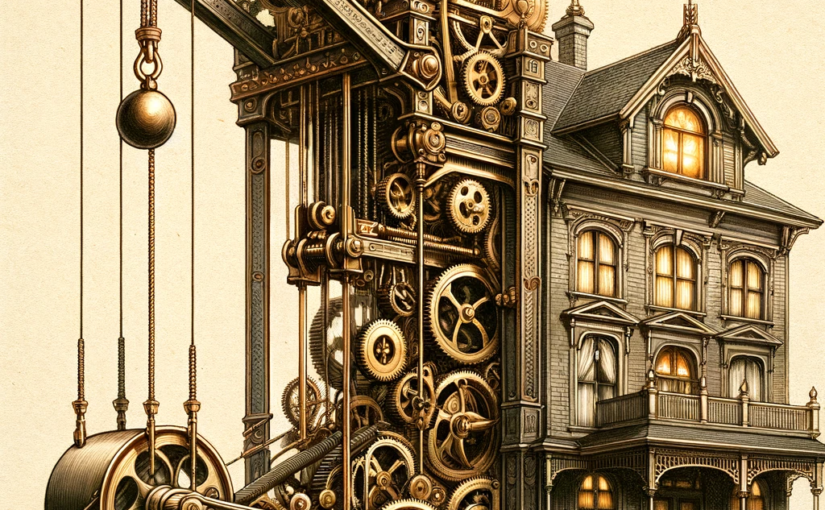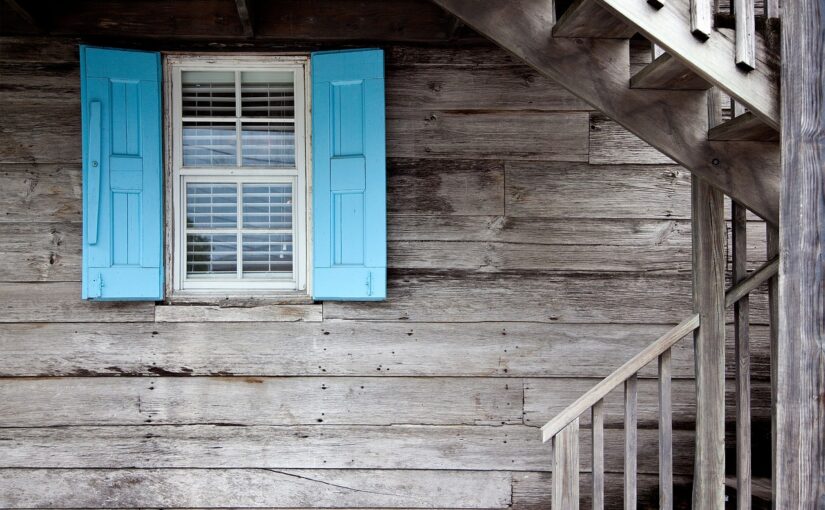Imagine a world where humans live in harmony with their environment, much like animals in their natural habitats. This isn’t just a crazy idea; it’s a journey to understanding our true home.
Concrete Jungle vs. The Wild: A Contrast
We often criticize the cramped conditions of “Massentierhaltung” or intensive animal farming, yet ironically, many of us live in a human equivalent: towering skyscrapers with tiny apartments. Squeezed together, we’re like bees in a hive, but are we buzzing with happiness?

Where is Our Place in Nature?
To find out, let’s look into Mother Nature’s book. Animals thrive in their natural habitats because these environments cater to their basic needs and instincts. So, what about humans? Our ancestors weren’t just cave dwellers; they were part of the vast wilderness.
The Ideal Human Habitat: A Blend of Shelter and Nature
The perfect habitat for us would balance the need for shelter and the longing for nature. Imagine homes that are not just structures but ecosystems. These dwellings would provide warmth, safety from the elements, and protection from predators (or in modern terms, security). They would also be affordable homes as they are built with local materials.
Living with Nature, Not Just in It
But there’s more to it than just safety. Emotional well-being comes from being connected to the natural world. Think large windows for natural light, spaces for plants and water, and designs that flow with the land, not against it. A place where our waste products naturally circle back into nature, nurturing our surroundings.

The Community Factor: Social Creatures Unite
Humans, like many animals, are social creatures. Our habitat should encourage community living – not just within our species but as part of the greater ecological community. Shared green spaces, communal gardens, and open, natural gathering spots can be the modern-day watering holes where we come together.
Conclusion: Habitats That Nourish Body and Soul
In the end, our ideal adobe habitat isn’t just about survival; it’s about thriving. It’s a place where we wake up to birdsong, not car horns; where we watch stars, not just screens; and where we live in sync with the rhythms of nature.
So, what’s the natural habitat of a human? Imagine a place that shelters and nurtures, connects, and inspires. It’s not just where we live; it’s how we live. And perhaps, in finding our habitat, we’ll find a deeper happiness, one that’s been waiting for us all along, nestled in the embrace of Mother Nature.


















